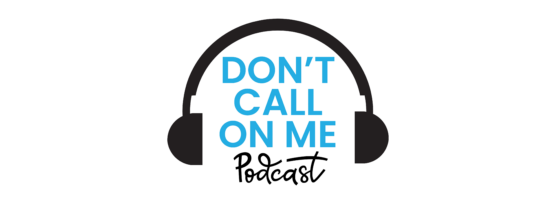
5 Places Where You Can Find Dyslexia Help
There is great pleasure to be found in reading; Reading allows students to discover other worlds, identify with and analyze characters, gather interesting facts and information, and become an independent learner. Sometimes, the benefits and pleasures of reading can be hindered by learning differences like dyslexia. Literacy has become an even more prominent essential skill. Fortunately, there are so many resources available to help students with dyslexia. Dyslexia help can come in many forms—from face-to-face tutoring to online programs to forms of assistive technology. The good news is: so many people care about and are ready to offer dyslexia help in so many ways. Read on to learn more about 5 places where you can find dyslexia help:
- School. The Individuals with Disabilities Act mandates that children with disabilities receive accommodations and modifications so that they have access to education without discrimination. If it is determined that your student needs certain accommodations and modifications like extended time, different instructional materials, or other services in order to succeed academically, they can be served under this law. Depending on your school and its resources, students may also be able to receive help or services from other sources at a school such as through a psychologist or counselor, a speech language pathologist, an academic resource center, or a reading specialist. Even with this help at school, parents have a role as advocates in accessing this resource for their children.
- Help at home. With a lot of time and dedication, it is possible to gather resources and knowledge to help your student with dyslexia at home. Providing a nurturing and comfortable space to learn at home creates a great foundation for your student. At home, there are a number of different methods to employ that can help your student. Reading together every day is not only good for bonding, but it can support the development reading skills over time. Working on mastering sight words at home serves as building blocks to help develop fluency. Using visual tools like calendars can help students to track tasks, achievements, and progress. Another great way to help a student with dyslexia at home is to establish a consistent, healthy sleeping routine so that every day learning can be fueled by a well-rested brain and body.
- Technology. Advancements in technology can be a boon to students with dyslexia. There are so many software programs and apps available to provide help to students with dyslexia. Some dyslexia intervention software is designed to run like a computer game, which can be enticing for students. These games focus on working on cognitive skills while tailoring exercises to the students’ needs. In addition to instructional games, there are electronic educational materials like phonics cards and learning videos available for dyslexic students.
- Reading programs. There are many tried and true reading programs that can help students with dyslexia. The most successful one is the Orton-Gillingham Approach. This program is implemented with the help of a tutor, but some materials are also accessible for working at home with students.
- Dyslexia Therapy. Dyslexia therapy is different than other typical forms of help for dyslexic students. Dyslexia on Demand is a specific therapy program that employs the help of Certified Academic Language Therapists (CALTs) and evidence based therapeutic programs such as Take Flight and Basic Language Skills. These specially trained instructors work online with students to implement Orton-Gillingham based dyslexia intervention programs. Sessions with Dyslexia on Demand provide diagnostic, explicit, systematic multisensory structured language in one-on-one or group online therapy settings. CALTs, who understand the interworking of the dyslexic brain, work with students with a high frequency over a sustained period of time, which encourages the developments of accurate and fluent reading with comprehension. Even through online sessions, students learn through visual, auditory, and motor processing in order to gain a better understanding of the English language as well as a solid foundation in written language skills.
Are you looking for tailored, personal dyslexia help for your student? Get in touch with the experts at Dyslexia on Demand. Learn about the differences between tutoring and therapy, and discover what a CALT can do to help alleviate your student’s learning struggles.












